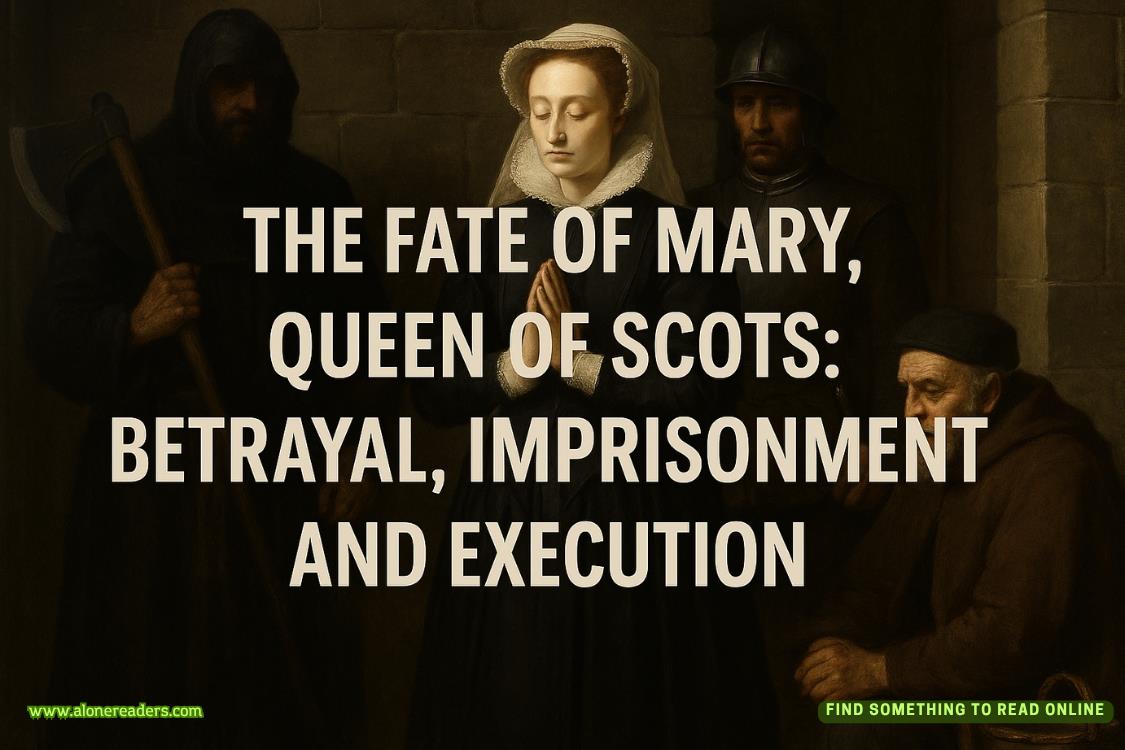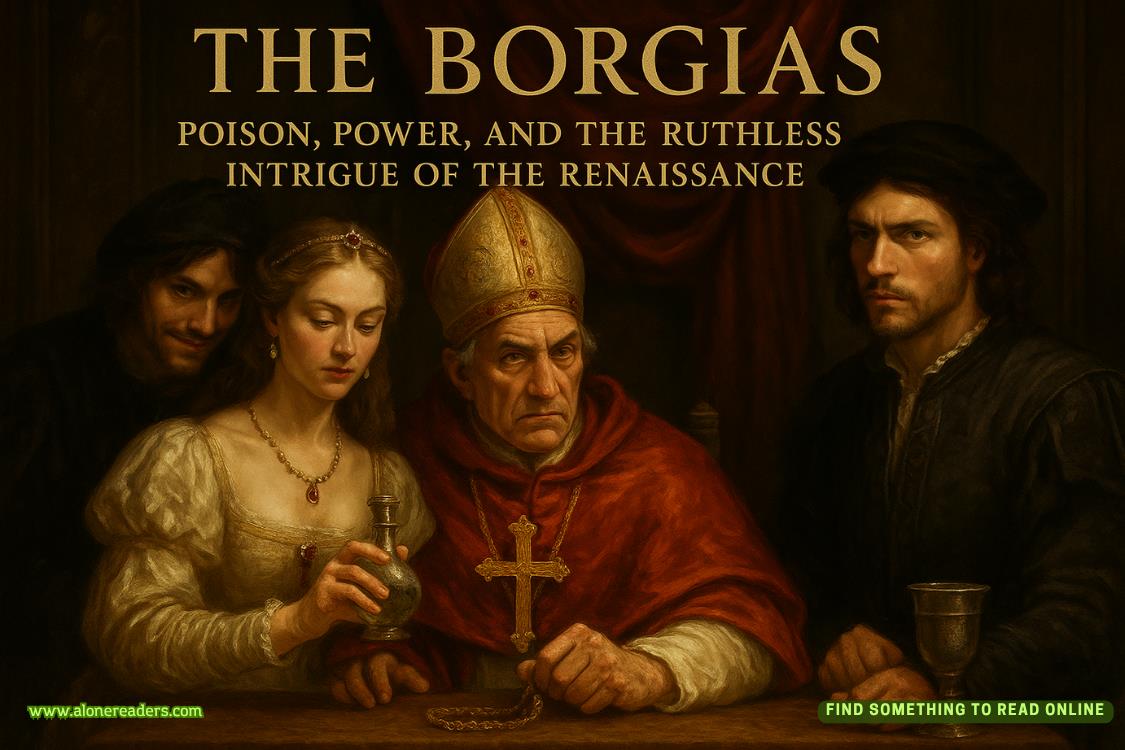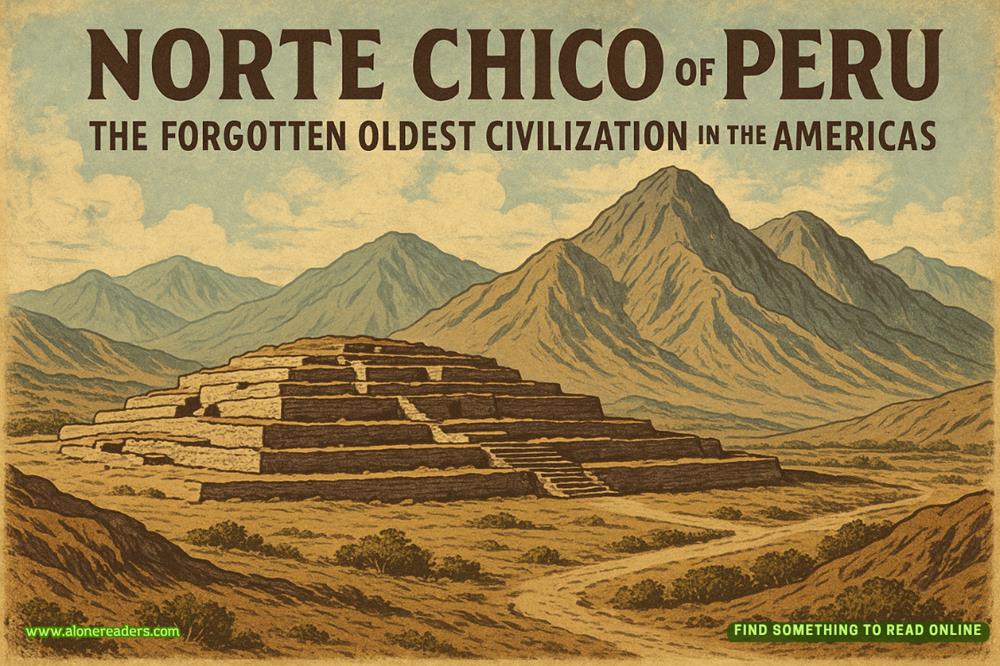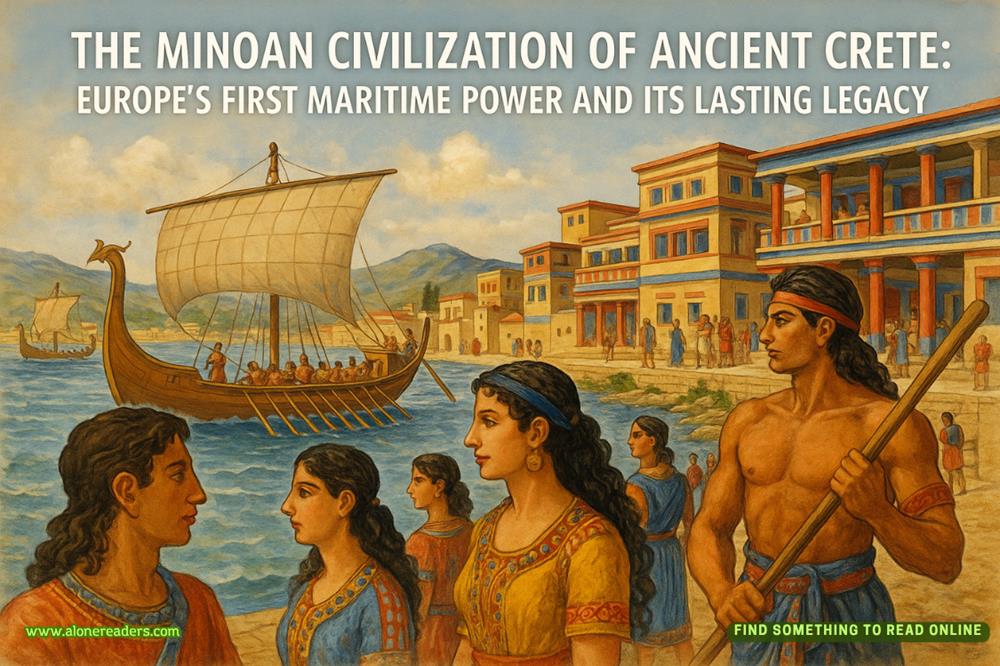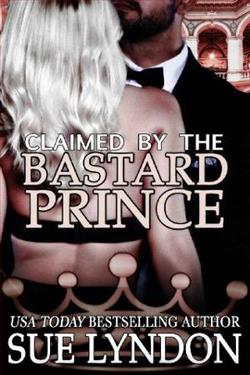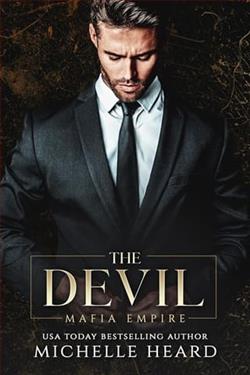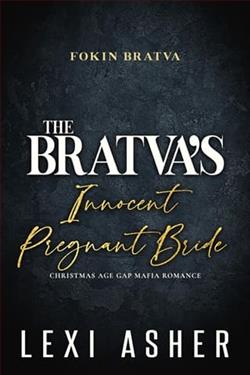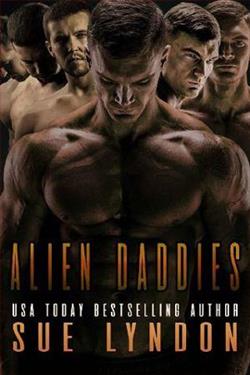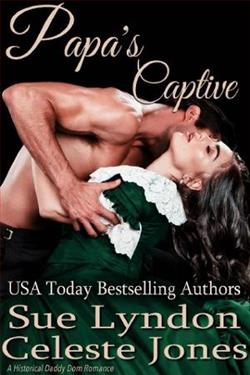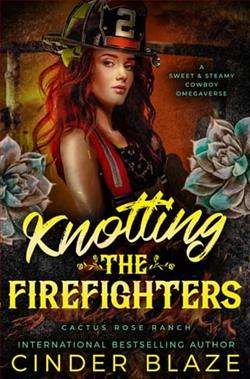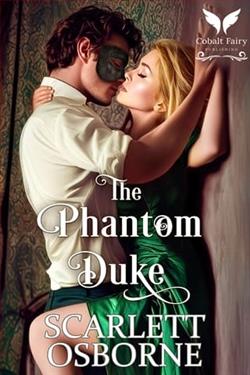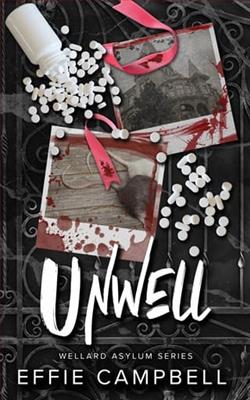Page 31 of The Dead Come to Stay
“Right,” Jo agreed. “There would be brush strokes, and some paints and varnishes can be aged. The person I took the painting to used microscopes, types of X-ray.”
“Layers, yes. A mere copy lacks depth. Optical and stereo microscopy... spectrometry to identify pigments... infrared. But there’s more.” Arthur handed her a teaspoon. “Take a look at this spoon.”
Ornate, silver, it had a flower design worked into the handle. She gave it back to him, and he held it up between them.
“A jewelry artist designed and forged this for me. With the right equipment, you could copy the design and have it mass-produced. The end result might look a lot like the original. But it won’t have asoul. The particular sheen and ripples of metal. All art works this way.”
He set the spoon once more upon his saucer. “I’m not a collector of Augustus John paintings, but I know plenty about him. He was known for darker, moodier portrayals, revealing these piercing, even unkind, psychological insights in his portraits. He did Yeats, you know? Dylan Thomas.”
“I’ve seen it online,” Jo said, but Arthur shook his head.
“Then you have only seen acopyof it. The real thing, the real work—if it’shiswork—makes you feel the suffering. The point of all this,” Arthur said, standing up and finally rousingthe Boston terrier, “isn’t the art lesson. It’s that I know—and more importantly, Aiden knew—an artist who considered Augustus John the greatest master of the form.”
“Oh my God, you’re serious?” Jo gulped air, nearly swallowed spit wrong. She was going to have the worst emotion hangover in the morning.
“I know her personally. And if you’ll consent to stay the night—I’ve an extra bedroom—I can introduce you tomorrow.”
“I can get a hotel—I don’t want to impose,” she said, silently appendingand I might need to have a good cry somewhere private because what the fuck is this day?Arthur, however, shook his head.
“Pepper,” Arthur said, pointing to the Boston terrier panting beneath the coffee table, “loves guests. And the little prince here, Hans—he loves an early-morning walk. If you would be so kind, I would consider it full repayment for room and board.”
Jo conceded the point; it would save the night’s stay, too... and the flat was nicer than any penthouse.
“The artist, though—who?”
“Ah! Didn’t I say? You’ve already seen her work,” he said. “She paintedHiding.Chen Benton-Li.”
Chapter 12
Monday morning with take-away coffee from Teresa’s mobile tea-and-cakes van. It wasn’t very good coffee. But at least she’d given it to MacAdams for free after his generous “go away” tip from Saturday.
“It’s not a bad business model,” Green said. “Gridley says it’s better for her than university.”
“Life in a food trolley?” MacAdams asked.
“To start, why not? We’ve apparently got a butty van somewhere around; Gwilym said he and Jo saw one near the trail.”
MacAdams took their exit, chewing over this last remark.
“Isn’t that near where Roberta found the body?” he asked, but Green’s phone had just buzzed.
“Oi, that’s Gridley.” She picked up her mobile and listened intently. “Ah. Figures. The telephone number we lifted from the Abington Arms call history? No trace; must be a burner phone.”
There were only so many reasons for a throw-away, untraceable number, and most of them werenotaboveboard. It added a new element.
“Stanley Burnhope should have his regular mobile number; that might tell us something,” MacAdams suggested.
“As to Burnhope, since we missed him yesterday, Rachel and I had a good poke around the internet last night.”
“Everybody’s best boy,” MacAdams said. “What did you find?”
“Stanley Scott Burnhope, son of MacAlister Burnhope—diplomat. Mother was what you might call industry aristocrat.”
“Grew up with wealth, then.”
“They owned yachts,” said Green, in whose opinion yacht owners didn’tgoto hell; they ran the administration. “Degrees from Eton College and Oxford, surprise, surprise. Started out in an old-school architecture firm, then started his own commercial development company. They win awards for places no one would want to live. That sort of thing.”
MacAdams thought of the Gherkin—formerly the Swiss Re Building—of pickle-shaped fame.

